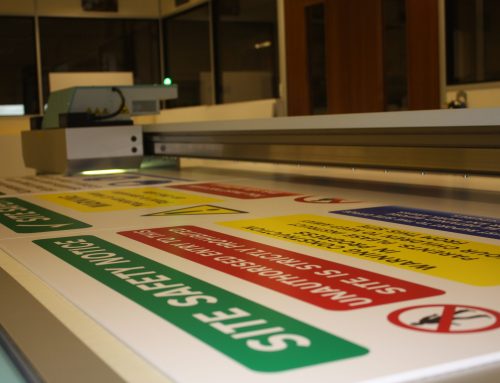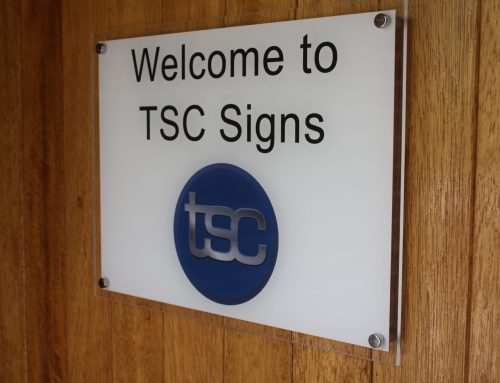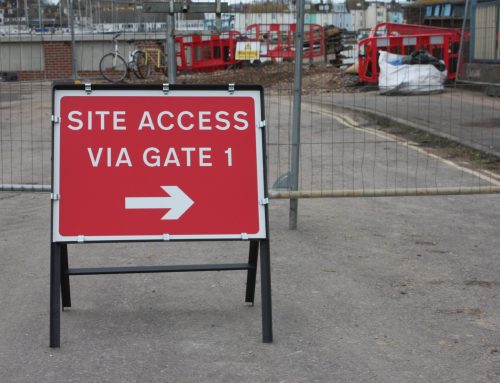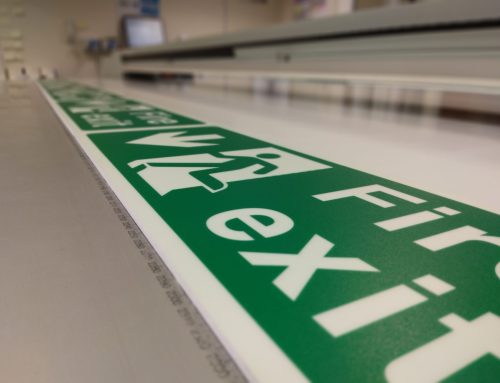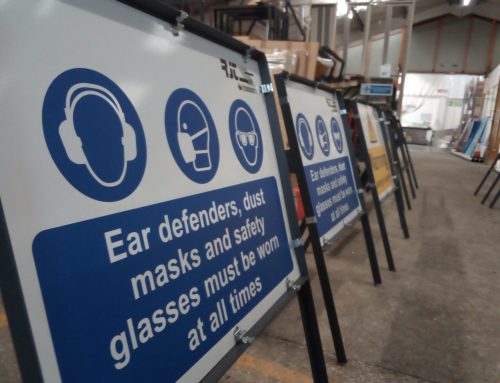Temporary Traffic Sign Regulations in the UK
TSC Signs – Your Specialists in Traffic & Construction Signs
Following our blog on permanent traffic signs regulations, In the second of our series of blogs, TSC Signs explores definitions, materials and the requirements in the UK for temporary signs.. The team at TSC Signs has over 30 years of experience in producing traffic signs and can help and guide customers where required.


England’s Permanent Traffic Sign Regulations
Temporary traffic signs are used in road, rail, and airport operations they are used for a variety of occasions where it may be necessary to use traffic signs to properly divert, instruct, and protect road users and pedestrians for a short period of time including during street works, temporary traffic disruption, events or other occasions. Temporary traffic signs also serve to create safer conditions for those working on roads, protecting them from traffic and outlining safe working areas.
The definition of Temporary Traffic Signs
Temporary traffic signs are used during short-term situations that require signage for the safety and instruction of traffic, such as roadworks, a temporary obstacle (i.e., a broken-down vehicle) etc.
Temporary traffic signs are designed to be portable, as they are picked up and put down where and when it is necessary. Unlike permanent traffic signs, which are often secured to posts, temporary traffic signs usually have a free-standing design, which must be stabilised against wind such as a metal frame. Although this design may seem robust, temporary traffic signs should not present a collision hazard if placed in an area at risk of vehicle collisions such as road works.

Temporary traffic signs regulations
There are two important regulations and standards documents to be aware of. These are:
1. Traffic Signs Regulations and General Directions 2016 regulations (TSRGD)
The TSRGD is a guide for traffic authorities, contractors and road users that describes and illustrates in detail all aspects of the use and display of traffic signs, from the font required, to the size and materials needed. It includes temporary signs including:

- signs that warn of hazards and signs for bridges and other structures
- upright signs that indicate regulatory requirements for moving traffic
- signs that indicate parking places and areas subject to parking controls
- road markings and miscellaneous upright signs that indicate stopping, waiting, loading and parking controls
- signs for speed limits
- directional signs
- matrix signs and light signals for the control of moving traffic on motorways and dual carriageway roads.
2. The Traffic Signs Manual
This manual is a practical guide to the standards required for different types of traffic signs including the design of signs, road markings, traffic control, and road work and temporary situations, amongst others.
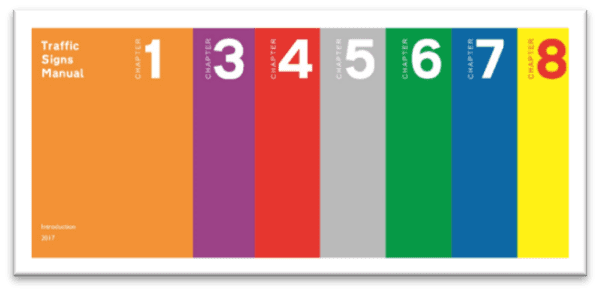
Produced by the Department of Transport, the manual, which is broken down into eight sections, can be found online: www.gov.uk/government/publications/traffic-signs-manual
Chapters within the Traffic Signs Manual are divided according to sign type and application, i.e. Chapter 4 Warning Signs and Chapter 8 Road Works and Temporary Situations.
Chapter 8
Chapter 8 of the Traffic Signs Manual outlines specific regulations regarding vehicle and personal safety for temporary street works. This chapter is a comprehensive guide to best practice at temporary street works, including the use of temporary traffic signs for the duration of the works (Chapter 8 Part 1). The chapter includes guidance on preparation, operation, and considerations for temporary street works to ensure the safety of all workers and road users.

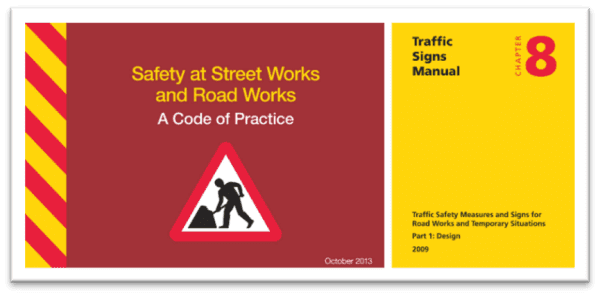
Chapter 8 outlines the need for fit-for-purpose signage that meets the standards prescribed by TSRGD to be set out around works on roads. Other advice covers the setting out, positioning, and use of temporary traffic signs, including unobstructed view, availability of early and immediate warning, and secure placement.
There are three main types of traffic signs in the UK, spanning temporary and permanent traffic signs, each with varying shapes and colour.
1. Warning signs
Warning signs are outlined in chapter 4 of the Traffic Signs Manual and give road users warning of hazards up ahead. Generally warning signs are triangular, with the flat surface at the bottom but there are exceptions.



2. Regulatory signs
Regulatory signs are outlined in chapter 3 of the Traffic Signs Manual and give notice of requirements, prohibitions or restrictions, and therefore indicate what a road user should do to stay within the law.
The shape of regulatory signs varies, but those related to moving traffic are generally round. Circles with a red border tell you what you must not do (e.g., take a U-turn). Blue circles usually give a positive instruction, such as ‘turn left ahead’.


3. Information, directional and tourist signs
The signs explained in chapter 2 offer road users’ information about routes, places and facilities. This sign type is most often rectangular, though some directional signs have one end pointed to form an arrow and are placed in advance of junctions. Blue rectangular signs are used on motorways, green on primary roads and white signs for minor roads. Rectangular signs can also indicate bus lanes and congestion charge zones.
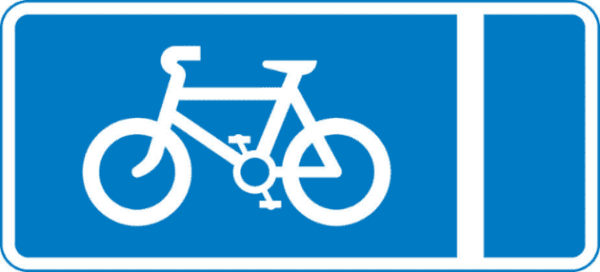
Please contact the TSC Sign Specialists on sales@tsc.uk.net or call 01283 515595 for information


